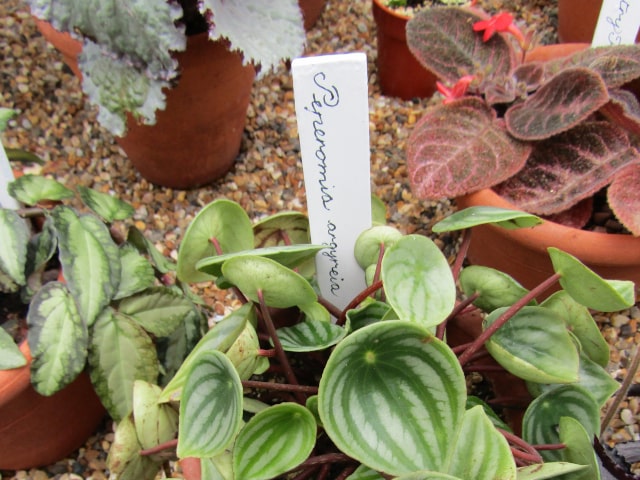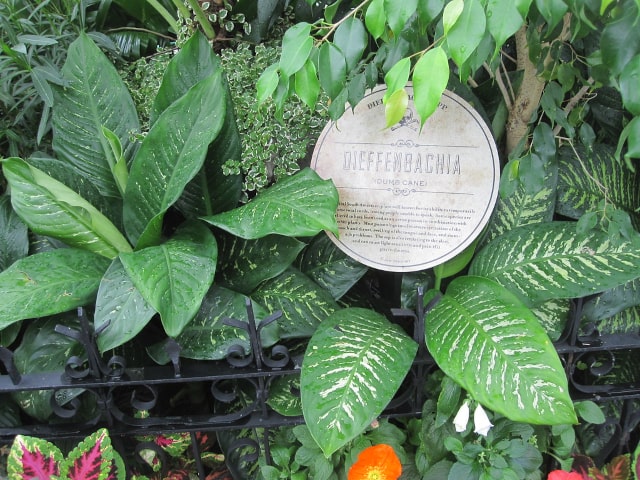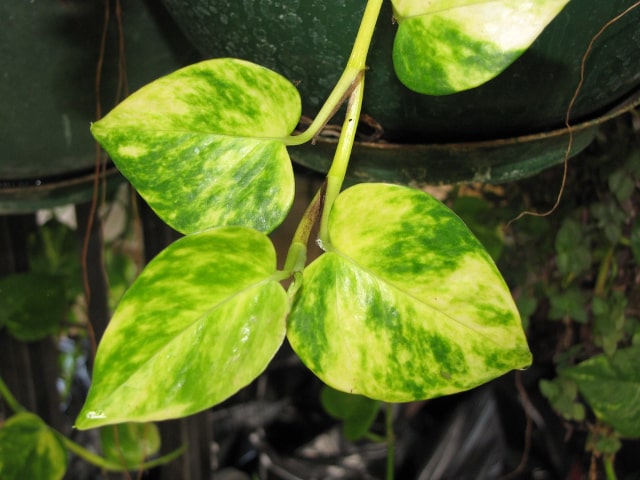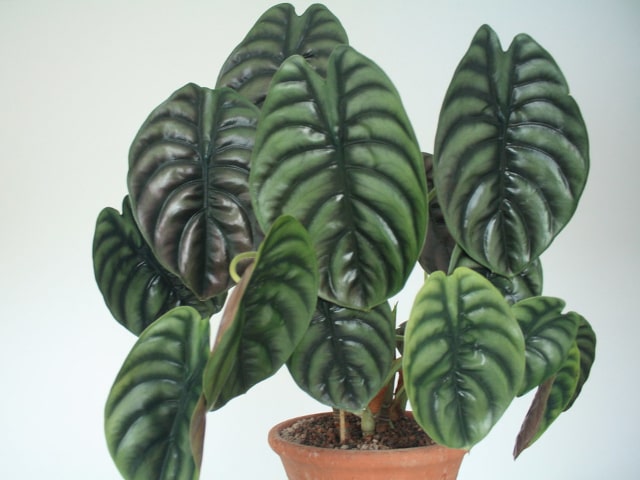
Watermelon Peperomia is a small and beautiful plant that is famous for its gorgeous foliage. Native to South America, Watermelon Peperomia (Peperomia Argyreia) is a great choice for an indoor plant because it does not take a lot of space. Typically, a Watermelon Peperomia grows up to 12 inches in height, although there are special mini varieties that only grow up to 6 inches. This is a perfect choice for those who don-t have much space in their homes.
These beautiful plants are known for their compact, bushy rosettes so they can be very attractive and striking. They can be grown both outdoors, typically as a ground cover, or indoors coupled with other houseplants.
Watermelon Peperomia Basic Plant Facts
Peperomia Argyreia is a plant known for its striking foliage. The leaves are large compared to the general compact size of the plant. They have stem attached centrally on the leaf, and the foliage is oval in shape. Typically, the foliage color is bright green, with a mixture of green and silver stripes. When touched, Watermelon Peperomia leaves are fleshy and the stems are thin and a bit soft to the touch.
It is important to highlight that Watermelon Peperomia is typically grown for its foliage. It does not have prominent flowers, although it is not so difficult to make this plant bloom. You may notice smallish, non-showy flowers during the summer. The flowers are greenish in color and grow on slim stalks. They can add some charm to the plant but are generally not striking enough to attract attention. Watermelon Peperomia is primarily grown for its gorgeous and lush foliage.
A great thing about Watermelon Peperomia is that it is not a difficult plant to grow. In fact, it is very easy to make them thrive, as long as you provide them with basic care requirements. Because of this, Watermelon Peperomia is a great choice for beginner gardeners.
Depending on your climate conditions, you may choose to grow it indoors or outdoors. However, keep in mind that they cannot tolerate cold conditions, so if you don-t live in a warm enough area, it is best to grow your Watermelon Peperomia indoors. You should also provide them with enough light and make sure never to overwater them. These are the main things to keep in mind if you wish to make your Watermelon Peperomia thrive.
Indoors, these plants look best when positioned or even grown together with other houseplants that have similar care requirements. It will help your Watermelon Peperomia look more striking and attractive. When grown alone indoors, they might not be attractive enough on their own and they may look a bit isolated because of their small and compact size. You can generally place them in a planter along with other plants, but make sure that they all share very similar care needs.
Watermelon Peperomia Care
This is a plant that prefers bright yet indirect light, with some access to shade. Ideally, you should place it on a shaded spot in an otherwise bright room. Make sure never to subject it to direct sunlight, because it can burn its leaves. Making it sit back from an east or a west window is ideal, but you may even choose a south window if the light is not too strong. Keep in mind that in their natural habitat, Watermelon Peperomia plants live within forests and under the canopy of trees, so they always have some shade to protect them. You will need to try and replicate these conditions in your home.
Ideally, Watermelon Peperomia will be grown in a peat-based soil. It drains well, which is important for proper care of this plant. A good soil mix is the one consisting of two parts peat and one part perlite.
When it comes to temperatures, Watermelon Peperomia will thrive in temperatures that are between 65 and 75 degrees F. It cannot do well when temperatures are too cold, so you need to keep this in mind when deciding when to grow your plant. Remember, it can-t survive in temperatures that are lower than 50 degrees F.
Watering should be consistent. Watermelon Peperomia will not tolerate overwatering, but they also do badly when they are underwatered, so you need to keep this in mind. Watering too much ca make your plant sit in water, which can cause serious issues such as root rot. On the other hand, underwatering will make your plant wilt. Proper watering regime for this plant will mean watering generously but then allowing the soil to dry out a bit before watering again. Make sure that the top of the soil is dry to the touch before watering your Watermelon Peperomia again. Also, keep in mind that the plant needs less water during the winter, so make sure to lower the amount of water you provide.
Humidity levels are typically not much of an issue for Watermelon Peperomia. It generally does well on the average household humidity. During the summer months, if the air gets too dry, you may mist the leaves from time to time. Also, keep in mind that being near other plants can greatly improve humidity levels for your Watermelon Peperomia.
When it comes to fertilizing, this plant is not particularly demanding. During the spring and summer, when Watermelon Peperomia has its strongest growth, you should add a bit of diluted liquid fertilizer. Apply this fertilizer every 2 to 4 weeks, but stop in the fall and winter.
Repotting and Propagation
The good news is that Watermelon Peperomia does not need to be repotted often. It is a small plant, and it also prefers to be somewhat pot-bound. Generally speaking, expect to repot it every 3 years or so. When repotting, make sure to choose a container that is only slightly bigger. It is best to repot your plant during the spring. Also, you might wish to replace the top soil once ever spring, to rejuvenate your Watermelon Peperomia between the years when you repot it.
When it coms to propagation, Watermelon Peperomia is easy to propagate. The best and most effective method is by using leaf cuttings. To propagate, simply remove leaves with stalks and use some rooting hormone on the cut side before planting the seedling. The best soil mix is a seedling and cutting compost. Keep the soil moist and warm and your new Watermelon Peperomia will start growing in no time.
Photo credit: Leonora Enking




0 Comments